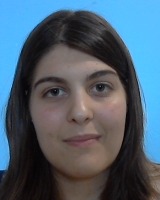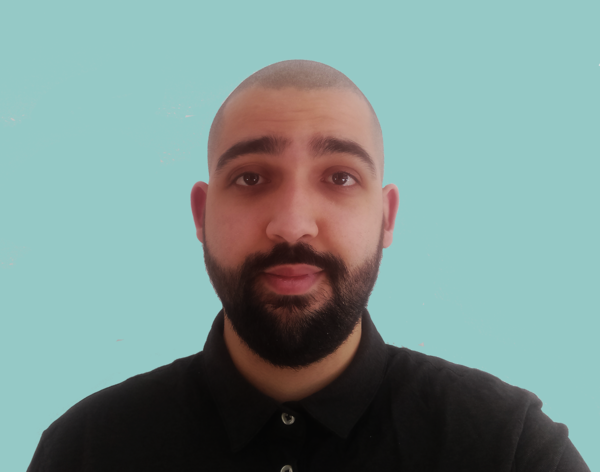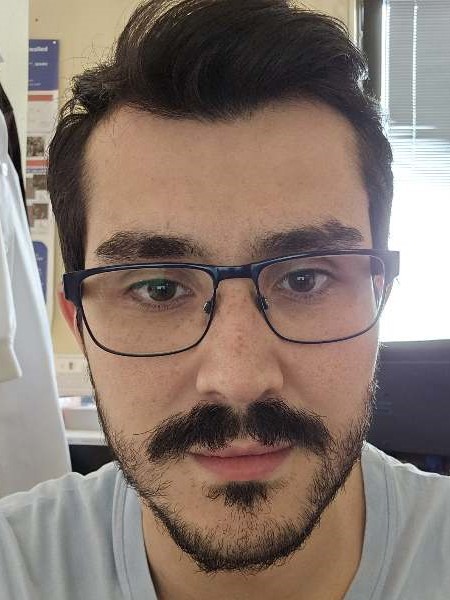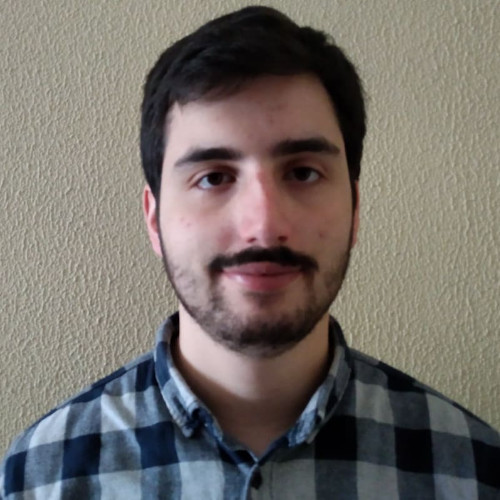Objective & Goals
The research carried out in this group is structured under three main topics: Ionic Fluids and Thin Films, Lipid model Membrane Systems and Surfactants and Soft Materials.
- Stimuli-responsive nanostructures for molecular delivery
- Multifunctional carbon/amphiphile hybrid nanomaterials
- Biophysics of lipid membranes
- Thin films for semiconductor materials
- Nanostructuration of multicomponent ionic fluids
- Study of the oxidative stability and thermal stability of biofuels
- Development of advanced analytical and physico-chemical methodologies
- Thermodynamiv Study of confined spaces.

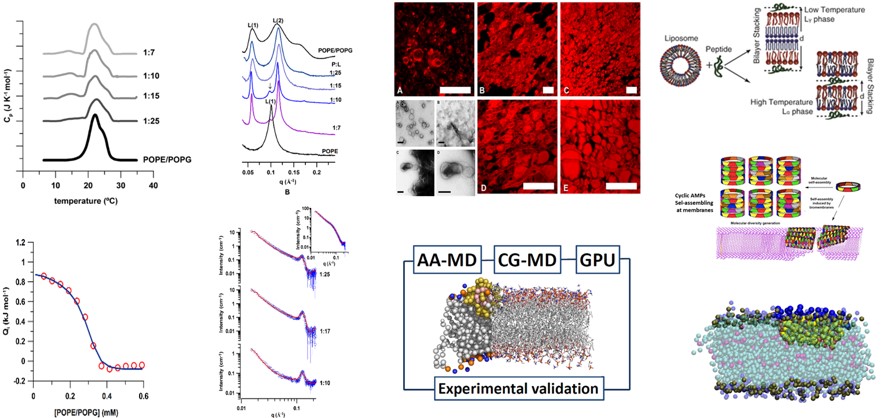

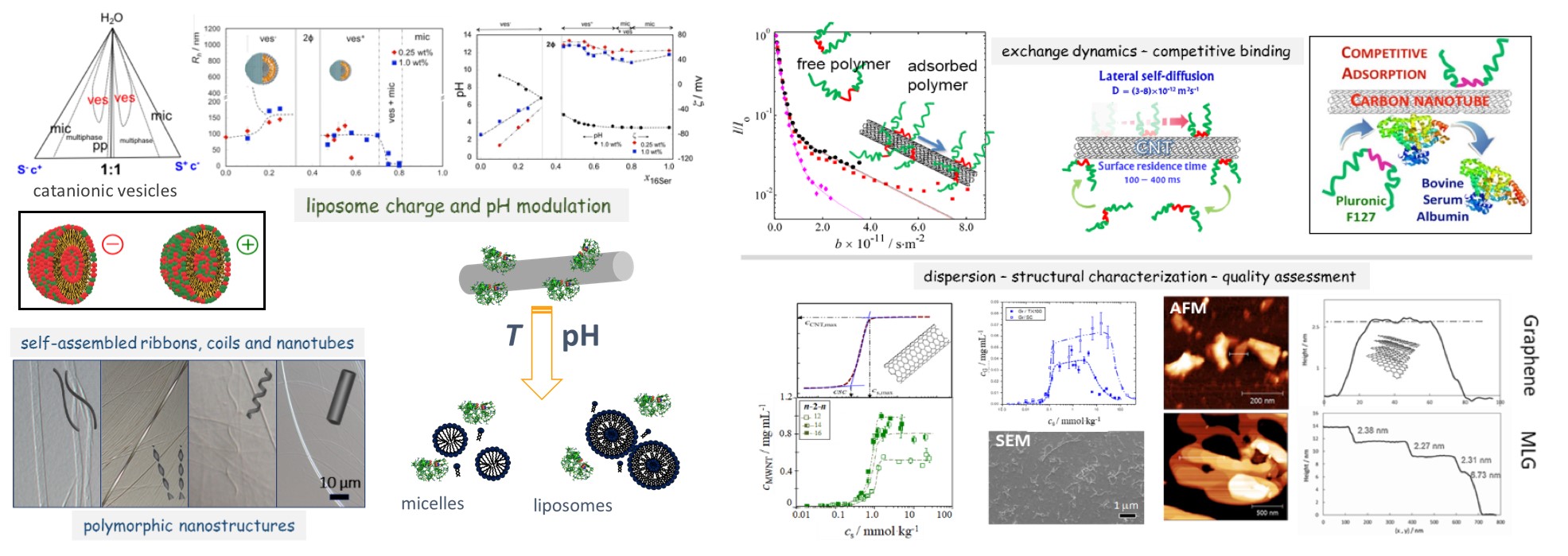
Publications
Show All Group PublicationsDevelopment of Advanced Experimental Methodologies
Team: Luís Santos (leader); Margarida Bastos; Eduardo Marques; Ana Lobo Ferreira; Carlos Lima; José Carlos Costa; Inês Vaz; Vojtech Stejfa; Ricardo Fernandes.

It has been a hallmark of the group the development of prototype instrumentation, experimental methodologies, and lab skills in the field of physical chemistry, resulting in an interesting and competitive advantage to the studies performed.
The group has several ongoing projects that will be further developed:
- Updating the multilayer thin film vapor deposition apparatus for the fabrication and characterization of semiconductor thin film materials;
- Design and development of a new differential ohmic heating reactor to explore the effect of the frequency change in several processes;
- Design, construction and test of a new differential micro-reactor calorimeter to measure mixing enthalpies, recently with an emphasis on ionic liquids mixtures;
- Development of a new high accurate oxidative stability apparatus to be used in the study of the oxidative mechanism of diesel blends with biodiesel;
- Development of the Knudsen effusion methodology for vapour pressure measurements of low volatile liquids and solids based on a quartz crystal microbalance
- Development of protocols and quantitative metrics to characterize the dispersibility of carbon nanomaterials in different solvents;
- Multiscale Molecular Dynamics study of lipid membranes of different compositions using different force fields and experimental validation of the results obtained;
- Development of an ‘ITC benchmarking’ project, under COST action “Between Atom and Cell: Integrating Molecular Biophysics Approaches for Biology and Healthcare (MOBIEU)”, CA 15126;
Development of the Knudsen effusion methodology for vapour pressure measurements of low volatile liquids and solids based on a quartz crystal microbalance: Journal of Chemical Thermodynamics 2018, 126, 171-186. link
Ohmic Heating: An Emerging Concept in Organic Synthesis: Chemistry - A European Journal 2017, 23, 7853-7865. link
On the Deposition of Lead Halide Perovskite Precursors by Physical Vapor Method: Journal of Physical Chemistry C 2017, 121, 2080-2087. link
Biophysics of Lipid model Membrane Systems
Team: Margarida Bastos (leader); Rebeca Fandiño; António Peón; Regina Adão; Tânia Silva; Bárbara Claro; Inês Martins.
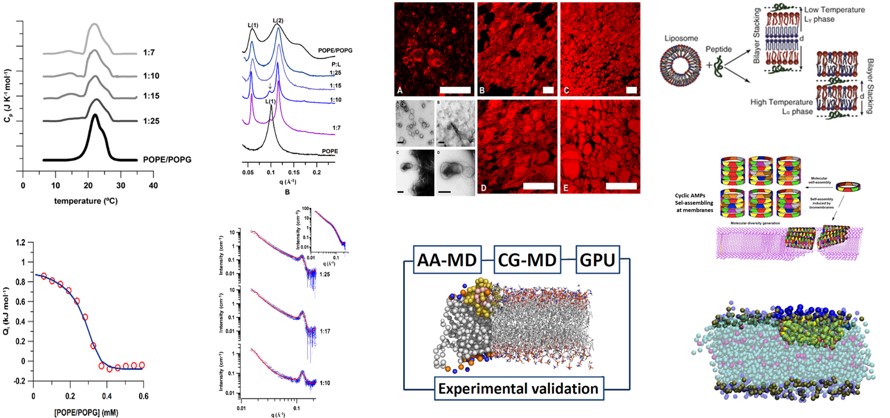
A bottom-up approach to the use of Lipid Model Membrane Systems relies on a comprehensive characterization of their phase behavior. DSC is a fundamental technique to such goal, and the team has the required expertise to play an important role in this area. We have been using DSC as a first line approach to the interactions of peptides and/or drugs with membranes, with excellent and discriminating results. This information is complemented with structural data from other techniques, in particular with MD simulations, a recent expertise in the group. The main projects are linked to continuing efforts to find new antibiotic paradigms, to counteract antibiotic growing resistance. We are now exploring the use of intelligent materials that form the active species only upon contact with the bacterial membrane, self-assembling cyclic peptide nanotubes, using a rational synergistic in-vitro/in-silico approach, This work is done in collaboration with the group of Prof. Juan R. Granja (CIQUS – Santiago de Compostela University, Spain). Other projects involving model membranes are also carried out in collaboration with the University of Coimbra, with two vectors: i) characterization of the partition of model drugs to membranes and ii) extraction of proteins (P-gp) with their native lipids using the new approach of creation of nanodiscs using polymers, SMALPs (to start this fall).
Unravelling a mechanism of action of a cecropin A-melittin hybrid antimicrobial peptide – the induced formation of multilamellar lipid stacks: Langmuir 2018 34(5), 2158−2170. link
Cis-Platinum Complex Encapsulated in Self-Assembling Cyclic Peptide Dimers: Org. Lett. 2017 19, 2560-2563. link
Hydrazone-Modulated Peptides for Efficient Gene Transfection: J. Mater. Chem. B 2017 5, 4426-4434. link
Design and Applications of Cyclic Peptides. Peptide Applications in Biomedicine, Biotechnology and Bioengineering, Claro B., Bastos M., Garcia Fandino R. (2017). Ed. Sotirios Koutsopoulos, Elsevier.
Nanostructuration of Multicomponent Ionic Fluids
Team: Luís Santos (leader); Margarida Bastos; Carlos Lima; Ana Lobo Ferreira; José Carlos Costa; Inês Vaz; Filipe Ribeiro; Vojtech Stejfa; Nuno Branco.
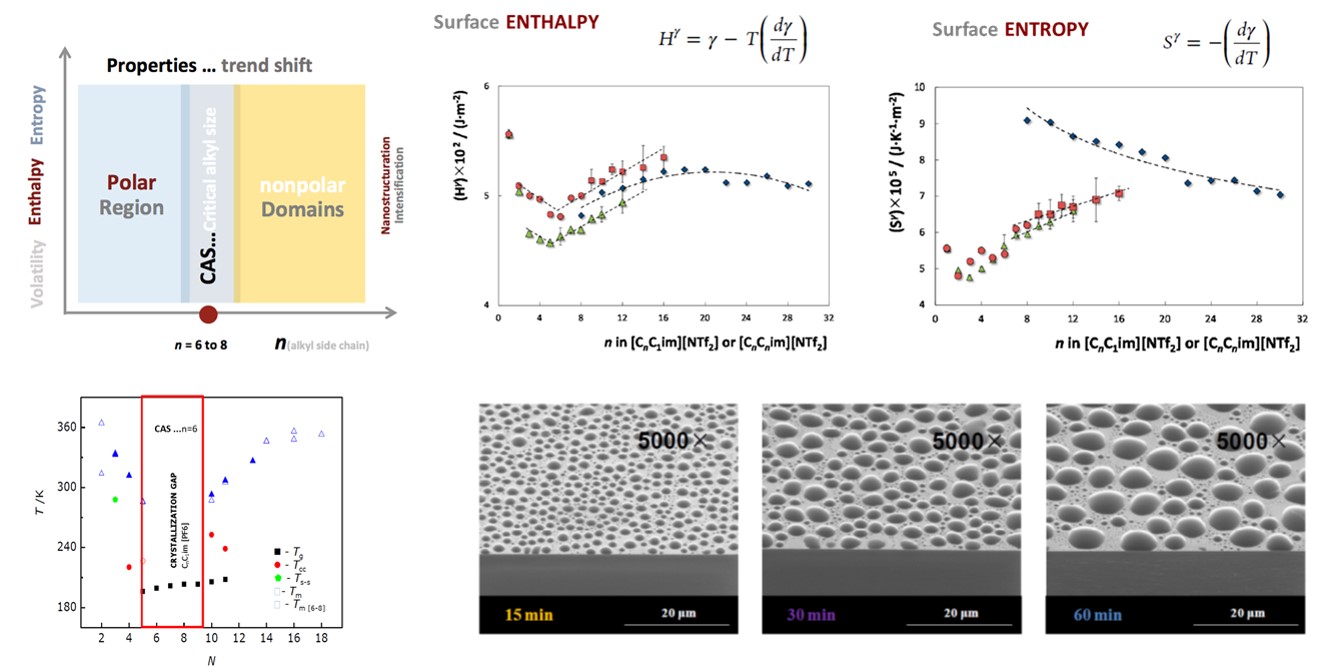
In the last years, this research group has acquired expertise on the thermodynamic and structural study of ionic liquids as pure substances. From these studies, the systematic evaluation of phase behavior for various families of ionic liquids and the experimental proof for the existence of nanostructuration in the liquid phase can be highlighted. At present, the group is expanding this research to multicomponent systems of ionic liquids, including mixtures of more than one ionic liquid, mixtures of ionic liquids with molecular solvents, protic ionic liquids, and solvation studies using ionic liquids as solvents or solutes. With this research the group intends to: (i) build a solid fundamental background to understand ionic liquids (both protic and aprotic) and rationalize their properties; (ii) understand nanostructuration in pure ionic liquids and how is it affected in multicomponent systems (mixtures and solutions); (iii) understand and predict how nanostructuration and the properties of ionic liquids influence processes happening in their bulk or at their surface; and (iv) explore the unique properties of ionic liquids to design improved solvents for applications in chemical synthesis, catalysis, and biomass processing. Organic and inorganic semiconductor materials including perovskites and ionic liquids have emerged and showed to be promising alternative materials for energy applications (e.g. OLEDs and OPVs). The understanding of the mechanisms of nucleation and growth of semiconductor thin films prepared through a physical vapor deposition procedure is an on-going task of the research group. Undergoing tasks to be further developed involve: (i) production and optimization of thin films by physical vapor deposition and solution deposition mechanisms by controlling the rate of film deposition and the thin film thickness; (ii) electronic characterization of the films produced and systematic evaluation of their properties and functionalities based on change of composition and morphology; (iii) experimental and theoretical studies for the understanding of charge transport in organic and inorganic semiconductors; (iv) incorporation of thin films as components of higher efficiency optoelectronic devices.
Solvation of Alcohols in Ionic Liquids-Understanding the Effect of the Anion and Cation: Physical Chemistry Chemical Physics 2018, 20, 2536-2548. link
Nucleation and Growth of Microdroplets of Ionic Liquids Deposited by Physical Vapor Method onto Different Surfaces: Applied Surface Science 2018, 428, 242-249. link
Vaporization of Protic Ionic Liquids Derived from Organic Superbases and Short Carboxylic Acids: Physical Chemistry Chemical Physics 2017, 19, 16693-16701. link
Surfactants, Colloids & Soft Nanomaterials
Team: Eduardo Marques (leader); Ricardo Fernandes; Isabel Oliveira; Bárbara Abreu; Raquel Lopes.
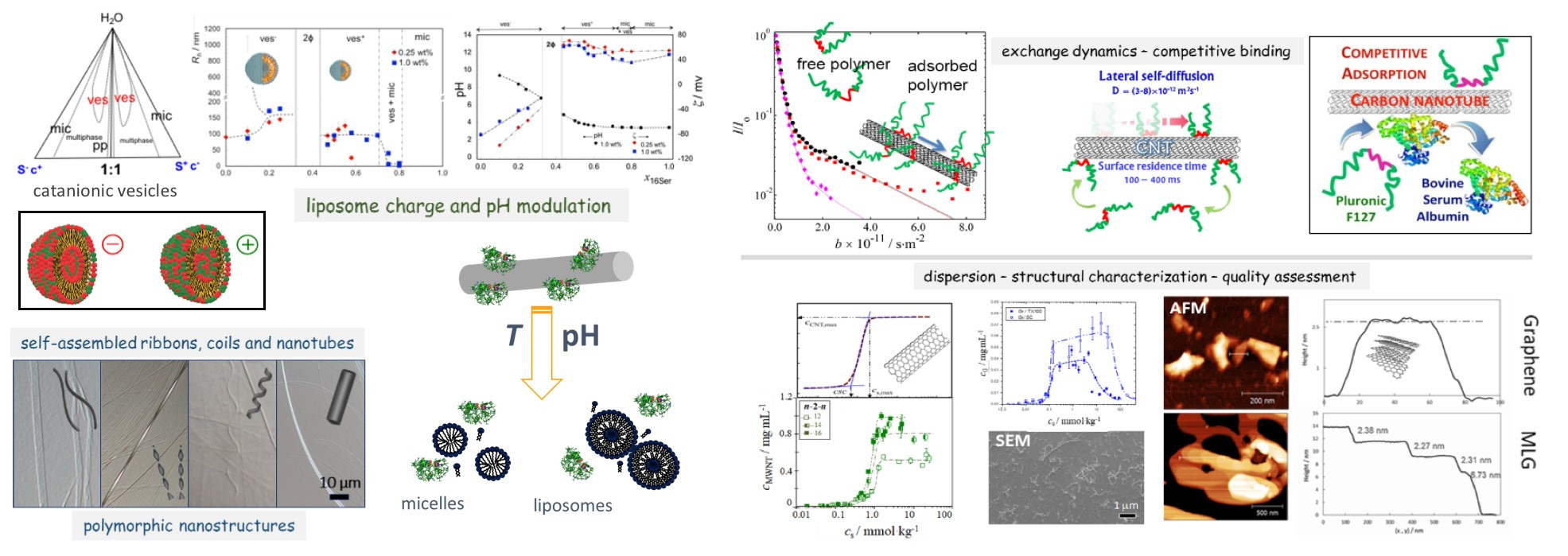
The development of self-assembled colloids based on amphiphilic molecules, capable of responding in a controlled manner to different stimuli (such as temperature, pH and radiation) is crucial for the efficient delivery of biomolecules for therapeutic treatments. In our team, we use a basic physical chemistry approach to develop, characterize and functionalize different types of colloidal systems: versatile micelles and vesicles based on cationic/anionic surfactants (including surface-active ionic liquids); nanotubes from amino acid-based surfactants with temperature- and pH-sensitive aggregation; and light-sensitive liposomes based on novel ionic surfactants with photochromic units. Another main area of our research is to explore soft hard and interfaces to fabricate new nanocomposites with versatility and tunability in terms of interactions, hierarchical organization and enhanced properties. The exfoliation mechanisms of carbon nanomaterials by amphiphiles (surfactants and polymers) are under investigation to establish relations between molecular structure, dispersion efficiency and quality of the nanomaterials. New efforts are also being directed to develop hierarchic nanocomposites based on 1D (e.g. carbon nanotubes) and 2D (e.g. graphene) nanomaterials via non-covalent functionalization with relevance to catalysis and sensing; to explore carbon materials/liquid crystal composites via soft templating with interest for lubrication; and to fabricate, characterize and test gold-graphene quantum dots for bioimaging and sensing.
Size, Charge, and Stability of Fully Serine-Based Catanionic Vesicles: Towards Versatile Biocompatible Nanocarriers: Chem. Eur. J. 2015 21, 4092-4101. link
Dispersing carbon nanotubes by ionic surfactants under controlled conditions: comparisons and insight: Langmuir 2015 31, 10955-10965. link
Critical Role of the Spacer Length of Gemini Surfactants on the Formation of Ionic Liquid Crystals and Thermotropic Behavior: J. Phys. Chem. B 2017 121, 10583-10592. link
Research Group Members
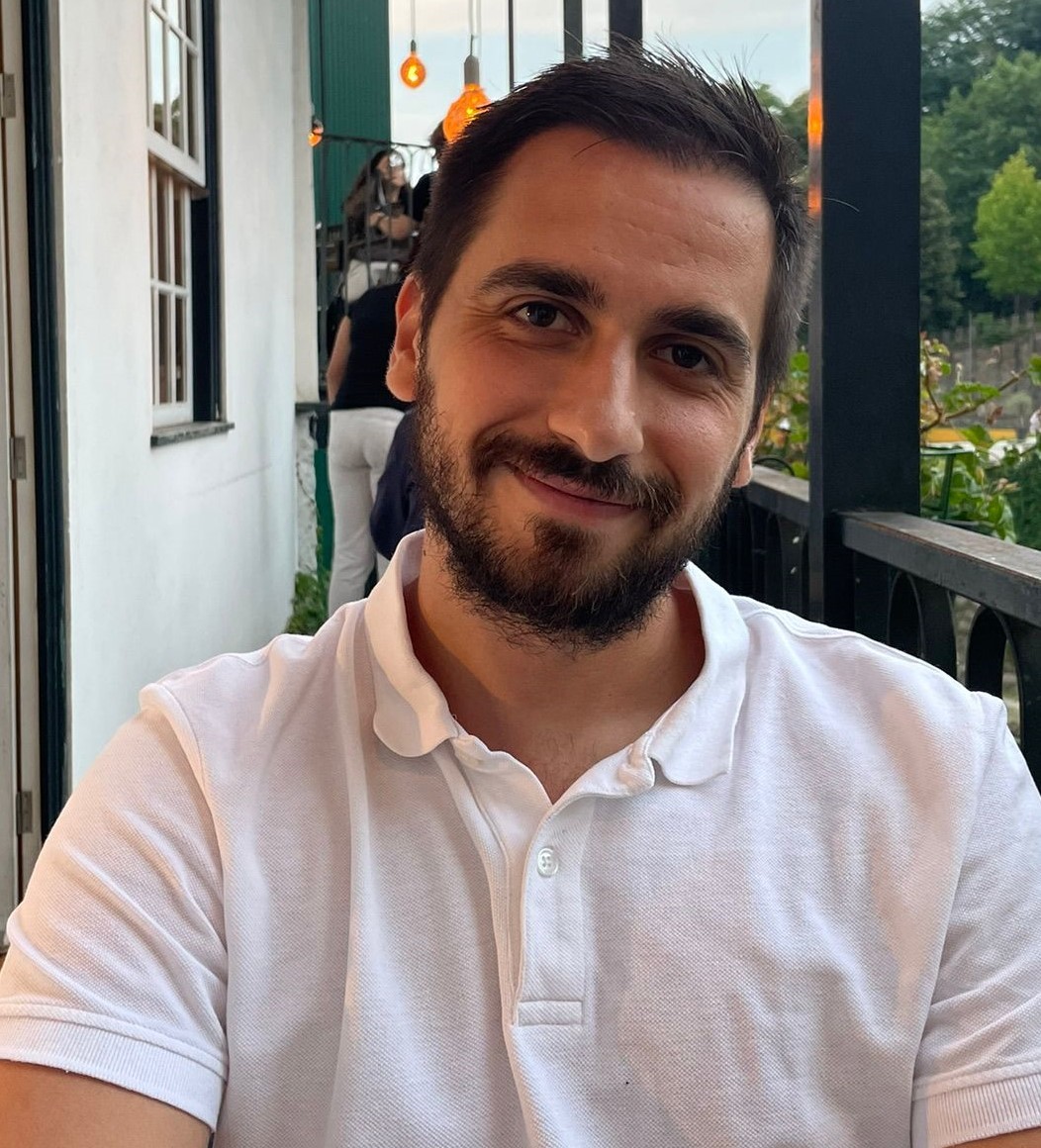


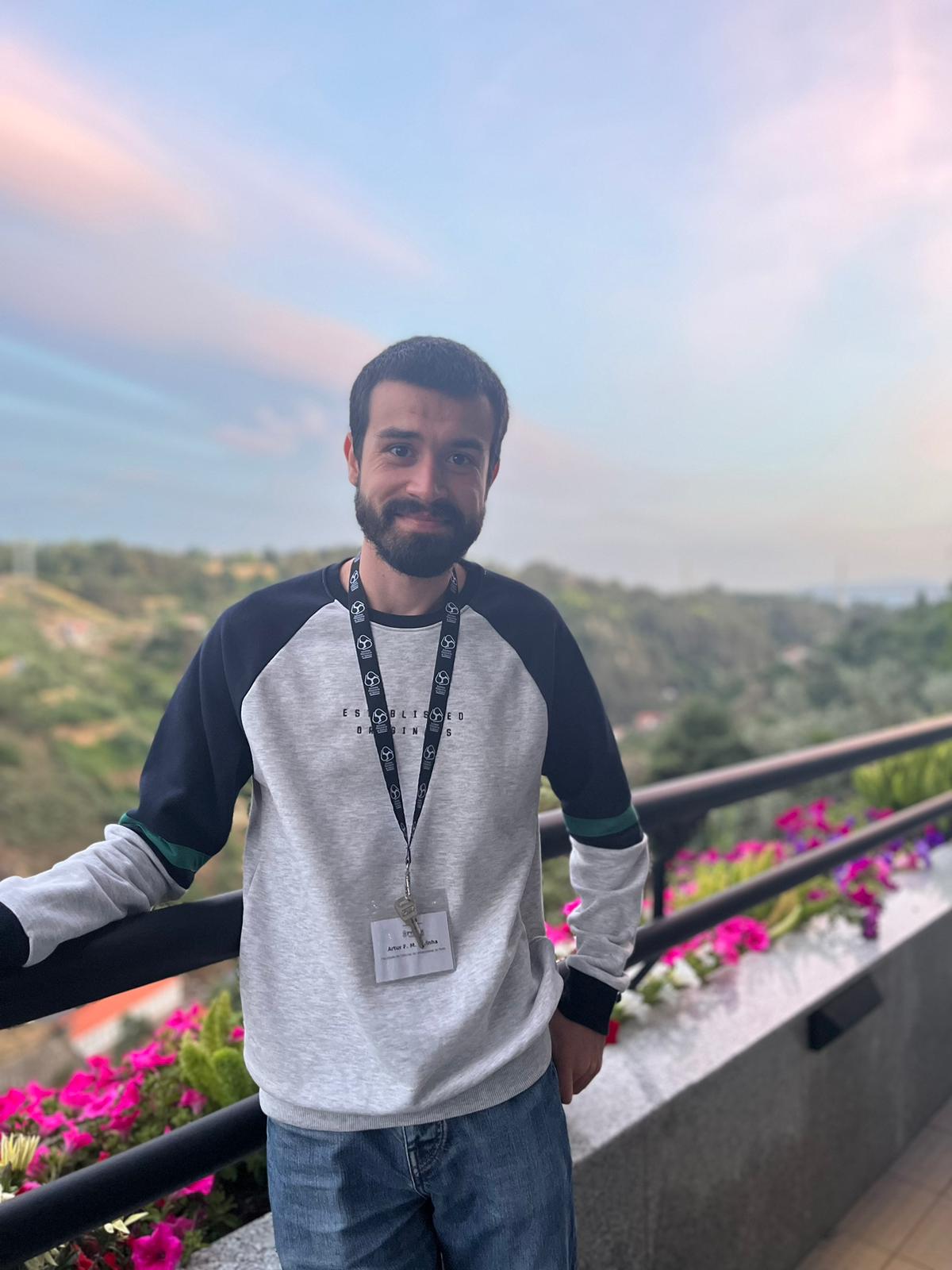


RT3: Nanostructures & Self-organization
Team Researcher / Assistant Researcher


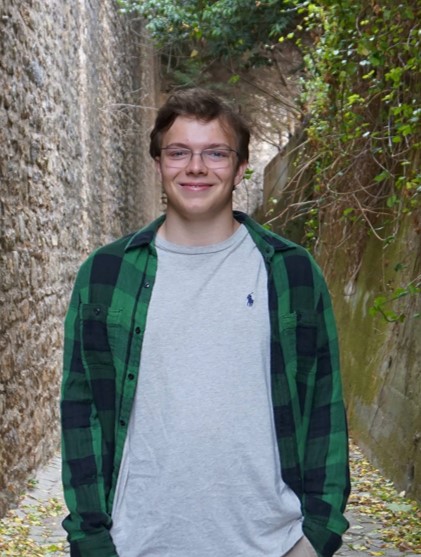
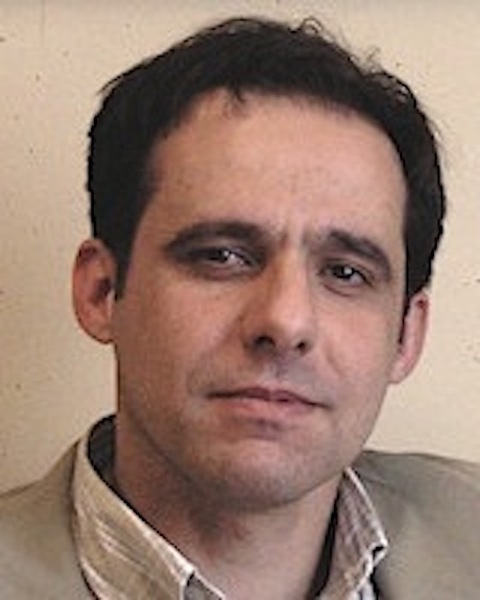
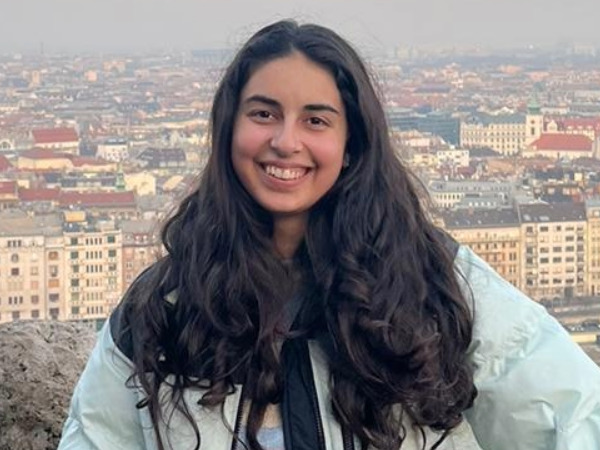

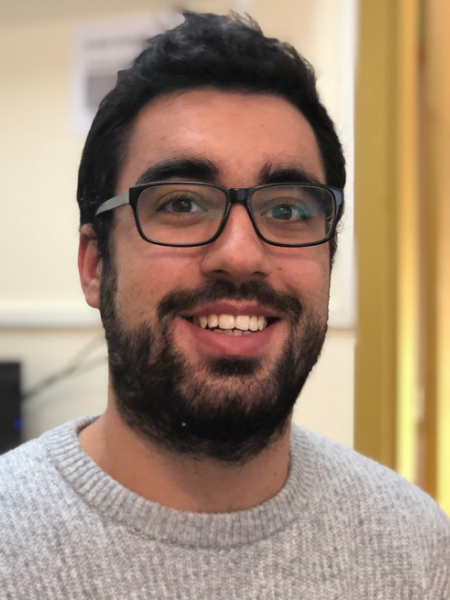




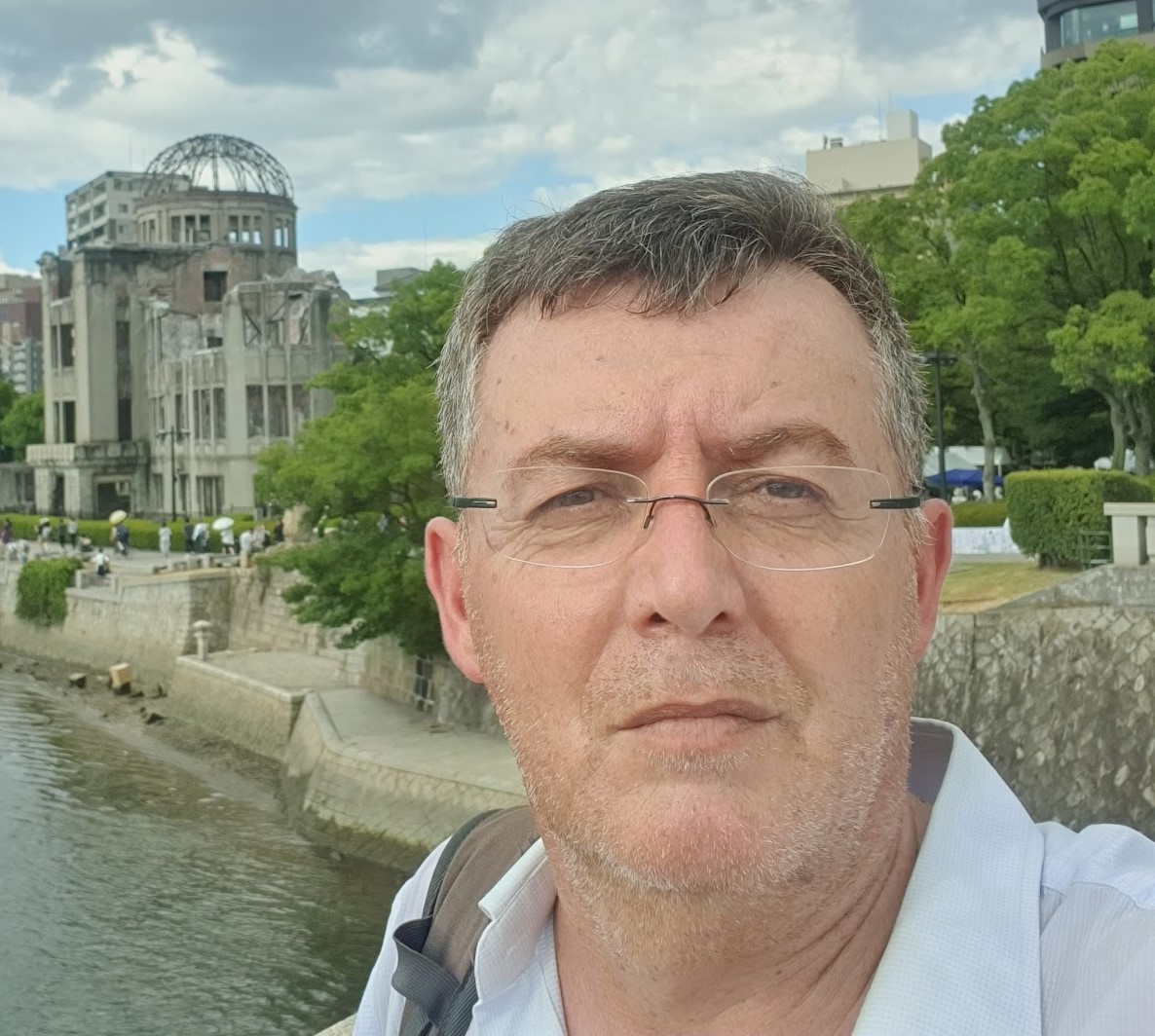
RT3: Nanostructures & Self-organization
Team Researcher / Group Leader | RG#3






